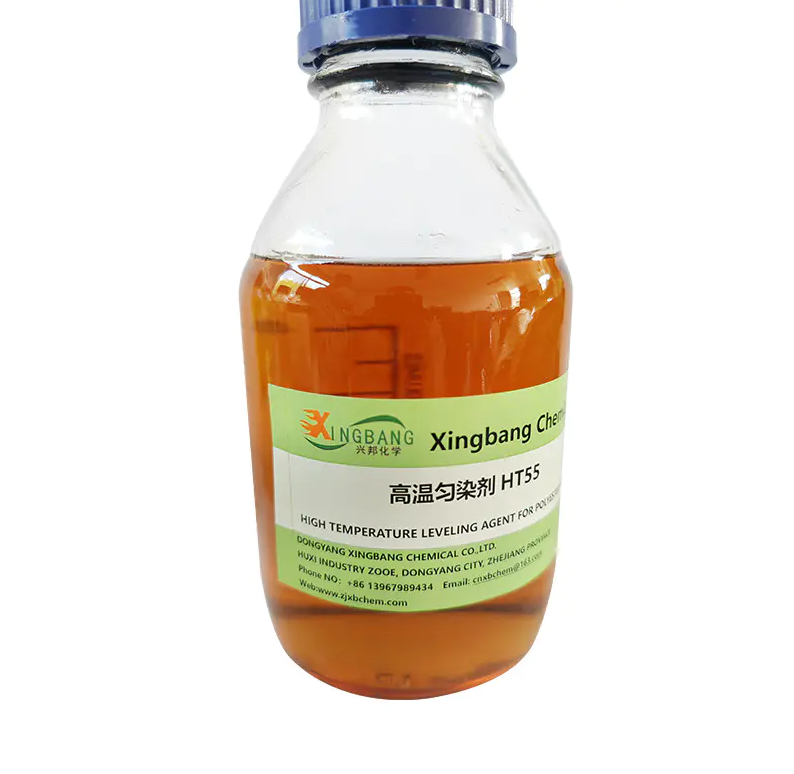Cationic fixing agents play a crucial role in textile dyeing processes, particularly in enhancing the color fastness of dyes on fabrics. These agents are positively charged compounds that interact with negatively charged dye molecules, creating a stable bond. By improving the adherence of dyes to fibers, cationic fixing agents help prevent fading and bleeding during washing and exposure to light.
The application of cationic fixing agents can be particularly beneficial for natural fibers such as cotton and wool. They allow for better dye uptake and improved overall color vibrancy. The mechanism involves the formation of ionic bonds between the cationic agents and the anionic dye molecules, facilitating a more effective dyeing process.
In addition to their role in improving dye fixation, cationic fixing agents can also enhance the overall feel and performance of the fabric. They can impart desirable properties such as softness, water repellency, and resistance to soiling. Furthermore, these agents are often used in conjunction with other textile chemicals to achieve specific results, such as improved wash fastness or enhanced fabric durability.
However, it is essential to carefully control the concentration and application method of cationic fixing agents, as excessive use may lead to fabric stiffness or changes in texture. Overall, cationic fixing agents are valuable components in the textile industry, ensuring that dyed fabrics maintain their color and quality over time.


